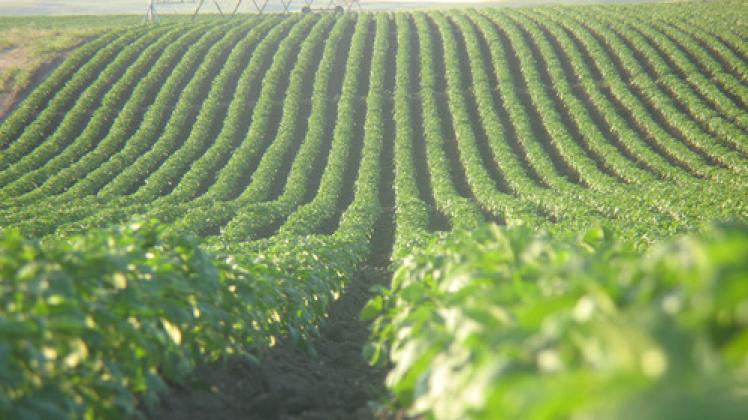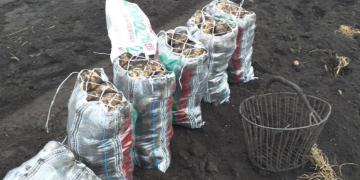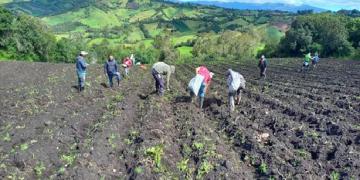EEUU: Report shows good news on late blight
Minnesota and North Dakota potato farmers continue to avoid late blight this growing season, according to the most recent weekly report.

Minnesota and North Dakota potato farmers continue to avoid late blight this growing season, according to the most recent weekly report.
What’s more, the increase in late blight severity values — the weather-based cumulative measurement of conditions that foster development of the potentially devastating crop disease — has slowed, says the North Dakota State University Potato Blightline report issued in early July.
The weekly report, sponsored by Syngenta Crop Protection, found no cases of late blight in Minnesota, North Dakota or Manitoba. It also found that the region generally avoided the mild, wet conditions that foster late blight, which can hammer both yields and quality in potatoes.
In both Greenbush, Minn. and Grafton, N.D., for instance, the drought severity index rose on only two of the 14 days from June 23 through July 7. It rose in both towns on nine of the 14 days in the previous two-week period.
Even so, the East Grand Forks, Minn-based Northern Plains Potato Growers Association urges growers to scout their fields and evaluate whether to apply a protective fungicide.
Late blight, which triggered the disastrous Irish potato famines of the 1840s, has been rare historically in North Dakota and Minnesota. But the region’s long wet cycle has contributed to the disease flaring up in recent growing seasons.
The Red River Valley of northwest Minnesota and eastern North Dakota is the nation’s leading producer of red potatoes and the only region that produces in volume for the chip, fresh, seed and process markets.
For more information on the NDSU Blightline — which includes data for some key potato-growing Minnesota areas as well — go to www.ndawn.ndsu.nodak.edu. Click on applications on the left-hand side and then click again on the potatoes drop-down box.
- See more at: http://www.agweek.com/event/article/id/27233/#sthash.TN0VKenj.yLWwUnoq.dpuf
Fuente: http://www.agweek.com/event/article/id/27233/








